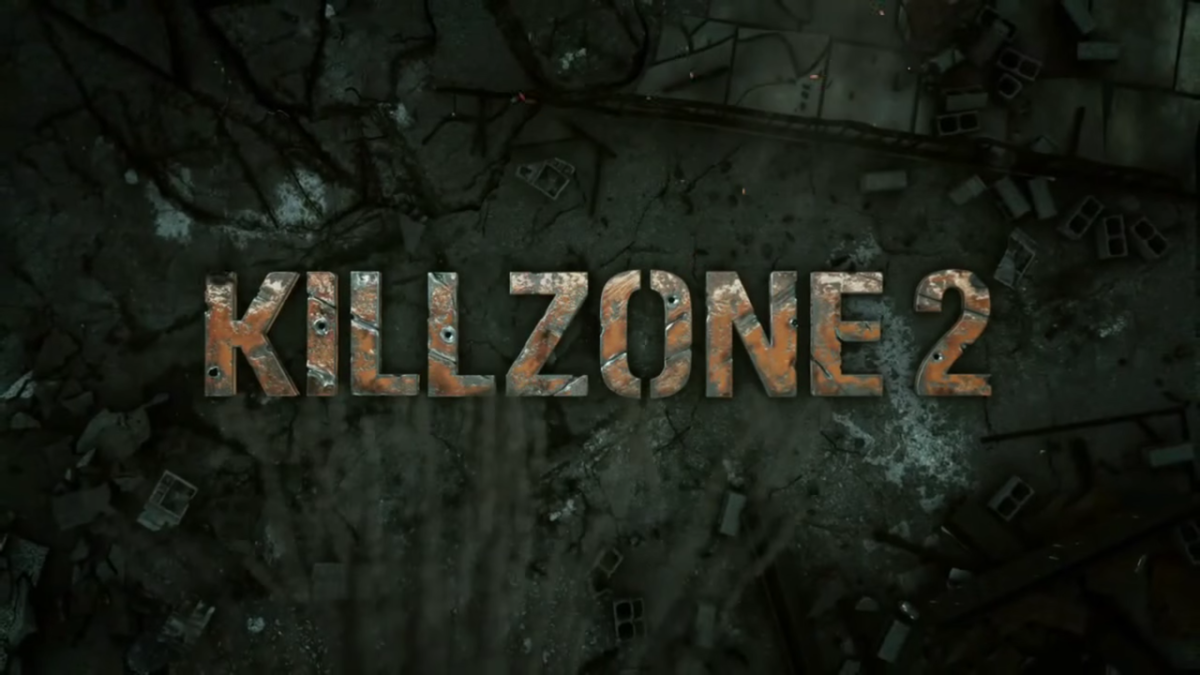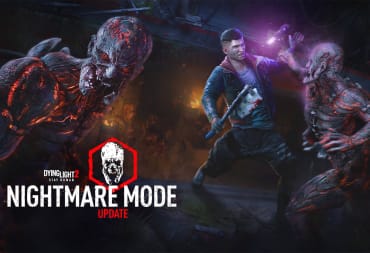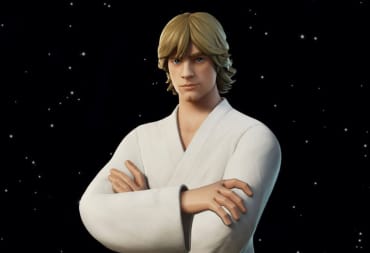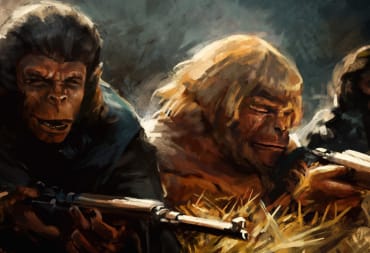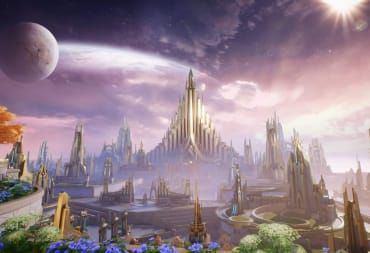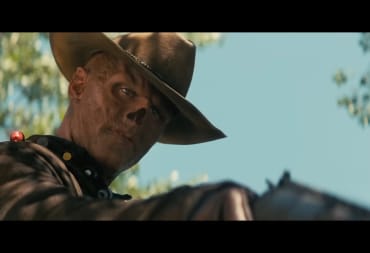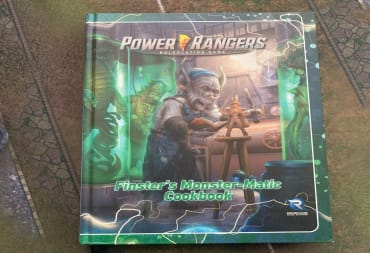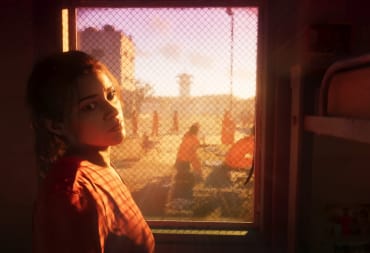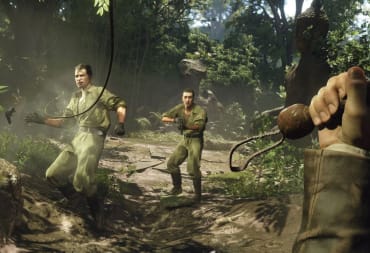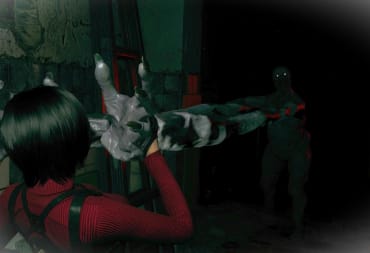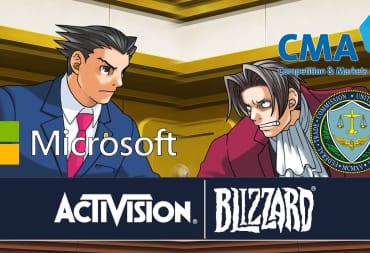To be better than Killzone, Killzone 2 simply had to be good. Thankfully, Killzone 2 went above and beyond that, but I'm getting ahead of myself here.
Killzone was a first person shooter released at the end of 2004 for the PlayStation 2, developed by Guerrilla Games and published by Sony. The game is one that rather famously suffered from hype. Many places considered it to be Sony's "Halo killer," their FPS that would show Microsoft how it's really done. Truth is, Killzone was average at best. Settling into a decent 70 on Metacritic, it wasn't terrible, but it wasn't fantastic either. It existed. This is about the worst place for a game to be, as it often means it's totally forgotten. A line from Brad Shoemaker's Gamespot review for the game, he gave it a 6.9, sums it up quite nicely:
Killzone's single-player campaign isn't awful, it's just not very inspiring. At its worst it can feel like a chore to plow through another wave of Helghast to get to the next level. At its best, you just feel like you're going through the motions of first-person shooter gameplay you've seen plenty of times before.
Less than one year later, at Sony's 2005 E3 press conference, Killzone 2 was announced using an extremely infamous trailer that promised it was gameplay when the truth was that it was a target render. Combine this with the following year's hilariously disastrous E3 conference that turned the PlayStation 3 into the video game world's laughing stock, and Killzone 2 was the target of quite a bit of ridicule. I always specifically remember Sarcastic Gamer's "How to Kill a Brand" video, a parody song set to the tune of The Fray's "How to Save a Life," which included lyrics poking fun at Killzone 2:
Said Halo 3? Don't worry you / Instead you offer Killzone 2 / But Killzone 1 sucked before / So what made you think we wanted more?
To be fair, what did make them think we wanted more? I can only guess Sony happened to have a lot of faith in what they were going to show and probably for good reason. At their 2007 E3 conference, they showed off a proper Killzone 2 trailer with actual gameplay that took many people by surprise. Most because the game looked almost as good as the infamous CGI trailer, but also because it looked much better than the original game. Was there a chance that we were just falling for hype again though?
Killzone 2 launched early in 2009. It currently holds a 91 on Metacritic, and on a list of best PlayStation 3 exclusives, it places sixth tied with LittleBigPlanet 2 and MLB 10: The Show. Clearly, Guerrilla did something right. That something was take an average game with a unique artstyle and improve it in every possible way.
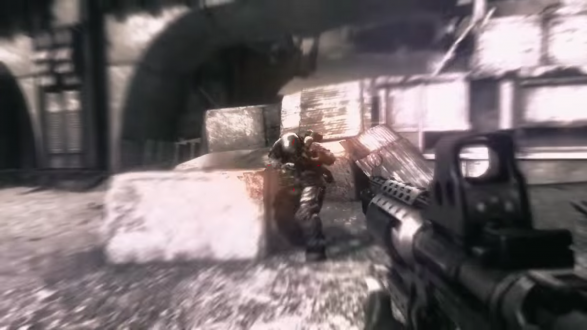
Killzone felt weighty, but not in the good way. Everything felt sluggish and slow, like you were treading through molasses. The guns also just felt weak, barely plinking enemies and only causing them to collapse into rather pathetic ragdolls. Killzone may have looked nice, but it didn't feel nice. It also came through in the audio. While Visari's opening speech (done by actor Brian Cox) has some care put into it, and the soundtrack is nice, the actual in-game audio is almost always compressed. Characters sound like they're speaking into a can while gunfire always sounds muffled.
Killzone 2 has none of these problems, showing how a simple upgrade in presentation can do wonders for a game. Everything feels weighty in the good way this time: you feel like a heavily armored soldier stomping through the field. Your weapons are the same from the first game, but they feel much more powerful now. Shots make the exact sort of bang you'd expect from a high powered assault rifle, pieces of enemies armor would fly off as they're hit, and ragdolls had much more dramatic reactions to being shot, clearly actually being affected by your bullets. Gone is the can compression and muffled gunfire. Graphics don't always make the game, but how a game looks and reacts is going to have a massive impact in how it feels, and that's extremely obvious when looking at the first two entries.
The campaign's pacing also helps with this. The original Killzone had few dramatic set piece moments, and many forgettable slogs of walking from point A to point B. Killzone 2 always keeps the action pumping, never letting players rest for longer than a few minutes on a ship. New boss fights would provide challenges that required you to change up your combat style, something never really required by the first game. The original game also never had vehicles, another welcome change to help keep the game's campaign moving while providing new ways for the player to tackle things.
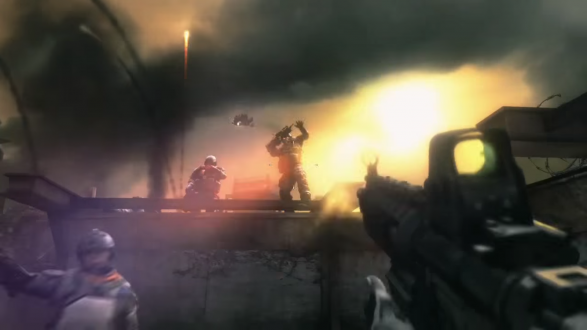
It wasn't just the campaign that got a massive overhaul, but multiplayer too. Killzone's multiplayer was okay, but nothing really spectacular or remarkable. It had all the basics and not a thing more. Killzone 2 instead chose to go the extra mile with its new Warzone mode. In Killzone you'd play a team deathmatch, someone would win, and then the game ends. In Killzone 2 you'd play a team deathmatch, someone would win, and then it'd immediately transition into a new game mode on the spot. Matches in Killzone 2 would change modes on the fly, causing you to constantly have to keep on your toes and leading to a rather brilliant evolution from the normal multiplayer.
The Killzone franchise would go on to get two more main entries, with 2011's Killzone 3 and 2013's Killzone: Shadow Fall, along with a PlayStation Vita spin-off Killzone: Mercenary (there was also a PlayStation Portable top down shooter called Killzone: Liberation that technically came out before Killzone 2, but as a spin-off it's not a proper sequel). None of them were really bad games, but none would ever quite hit the heights that Killzone 2 did, and none would ever improve on the franchise in such a dramatic and glorious way.
Have a tip, or want to point out something we missed? Leave a Comment or e-mail us at tips@techraptor.net
